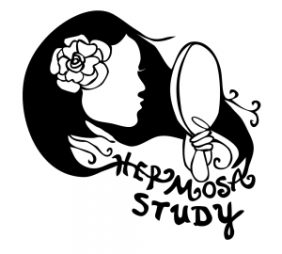Health and Environmental Research in Make-up of Salinas Adolescents (HERMOSA) Study
Analysis of phthalates and environmental phenols in urine samples from teenage girls

The HERMOSA study is designed to investigate chemical exposures from personal care and cosmetic products in a population of teenage girls. (Hermosa means "beautiful" in Spanish.) Biomonitoring California laboratories analyzed phthalates, triclosan, parabens and benzophenone-3 in urine samples from participants. HERMOSA investigators chose these chemicals based on their potential to adversely affect the endocrine system.
The study included an intervention effort designed to determine if providing alternative types of personal care products would reduce exposure to the biomonitored chemicals.
The HERMOSA study was conducted as a joint effort of researchers at the University of California, Berkeley; La Clinica de Salud del Valle de Salinas; and a team of youth researchers from the CHAMACOS (Center for the Health Assessment of Mothers and Children of Salinas) Youth Community Council. Funding for the study was provided by The California Breast Cancer Research Program.
Project Publications
Harley et al. (2016)
Harley KG, Kogut K, Madrigal DS, Cardenas M, Vera IA, Meza-Alfaro G, She J, Gavin Q, Zahedi R, Bradman A, Eskenazi B, Parra KL (2016). Reducing phthalate, paraben, and phenol exposure from personal care products in adolescent girls: Findings from the HERMOSA intervention study. Environ Health Perspect DOI: 10.1289/ehp.1510514. Epub: 2016 March 7. Free full text article
Project Type:
Laboratory collaborationProject Status:
Ongoing / Sample analysis phaseParticipants:
100 Teenage girls (14-18 years old)Sample Collection Date:
Sample Collection Area:
Salinas, California


